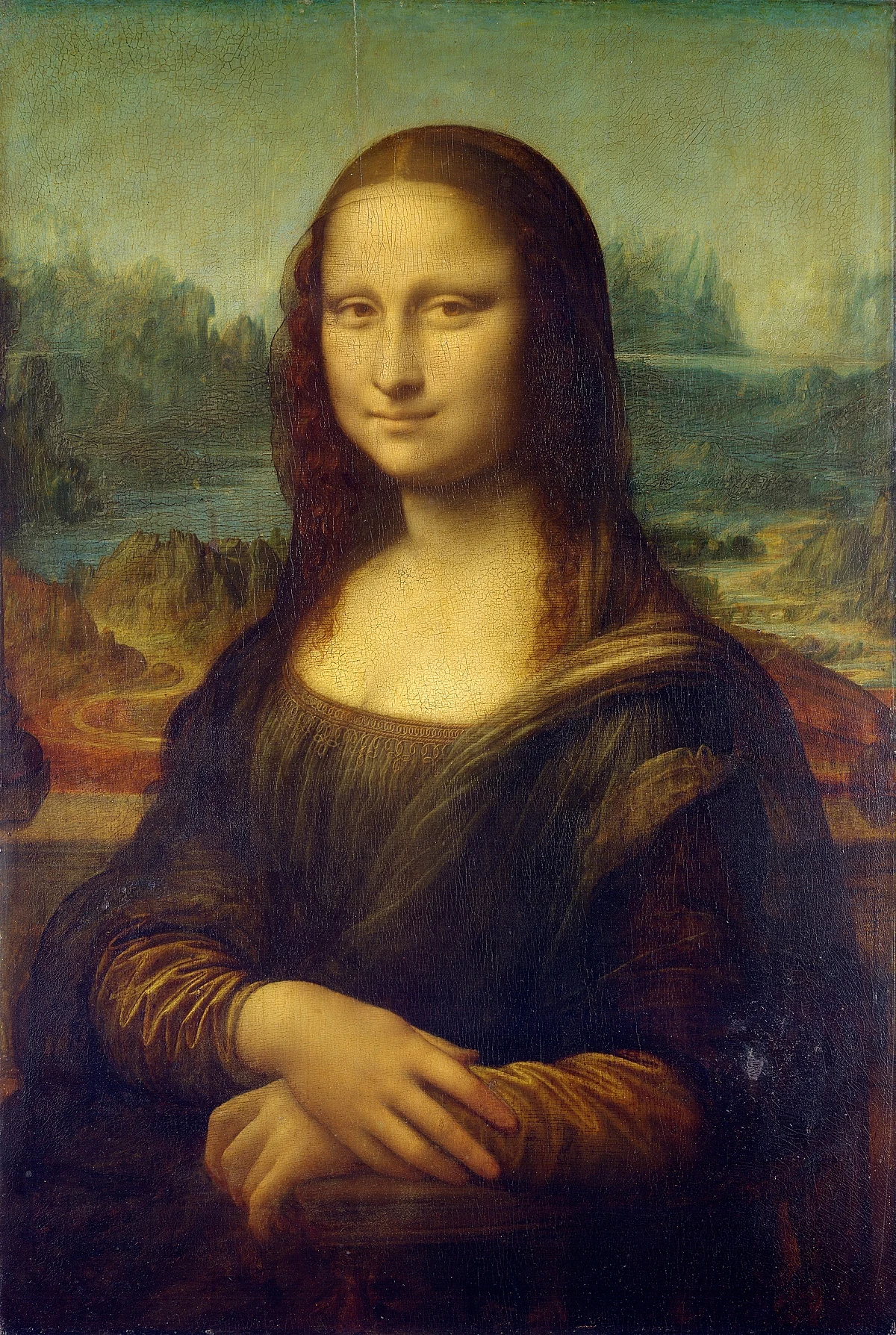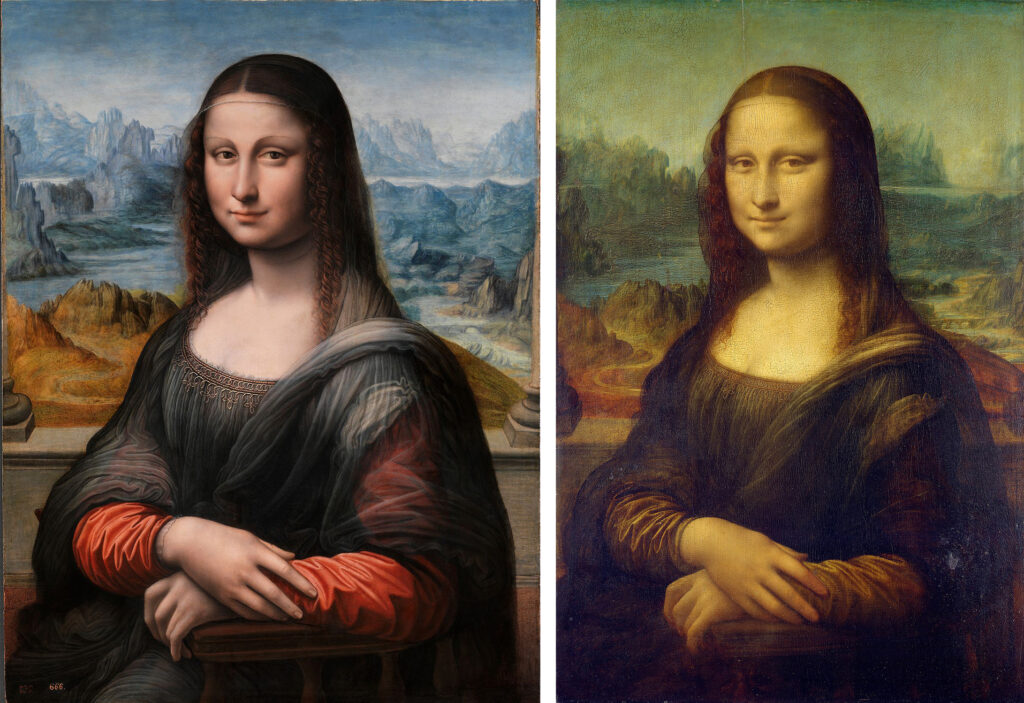“Mona Lisa: The Enigmatic Masterpiece That Captivated the World”

The Mona Lisa, also known as La Gioconda, is arguably the most famous and most studied painting in the world. Created by the legendary Italian Renaissance artist Leonardo da Vinci, this small portrait has transcended its physical dimensions to become a symbol of art itself—mysterious, timeless, and endlessly fascinating. But what lies behind her enigmatic smile, and why has she captured the imagination of millions for centuries?
This article explores the full story of the Mona Lisa—from its creation and artistic techniques to its journey through history, theft, fame, and influence on popular culture.
Origins and Commission
Leonardo da Vinci began painting the Mona Lisa around 1503, during the height of the Italian Renaissance, a period marked by enormous cultural and artistic achievement. The subject of the portrait is believed to be Lisa Gherardini, the wife of wealthy Florentine merchant Francesco del Giocondo—hence the name La Gioconda.
- Commission: It is thought that the portrait was commissioned by her husband, but Leonardo never delivered it. Instead, he took it with him to France, where it eventually became part of the royal collection.
- Medium and Size: Painted in oil on a poplar wood panel, it measures just 30 x 21 inches (77 x 53 cm).
Leonardo’s Technique
Leonardo employed techniques that were groundbreaking for his time, showcasing his mastery of light, shadow, and human anatomy:
- Sfumato: This soft blending of tones and colors creates a smoky, almost dreamlike quality, especially in her face and hands.
- Chiaroscuro: The use of strong contrasts between light and dark adds depth and realism.
- Atmospheric Perspective: The background landscape, with winding roads and misty mountains, subtly fades into the distance, enhancing depth.
Her gaze follows the viewer, and her mysterious smile changes depending on the angle and light, giving the painting a lifelike, almost supernatural quality.
The Mysterious Smile
The Mona Lisa’s smile is perhaps the most discussed facial expression in art history. Some key interpretations include:
- Psychological Ambiguity: Her smile seems to flicker, suggesting complex emotions—joy, sadness, serenity, or amusement.
- Optical Illusion: Researchers suggest that peripheral vision interprets the smile differently from direct gaze.
- Personal Connection: Some believe Leonardo infused the painting with his own feelings or modeled aspects of the face on himself.
Journey Through History
Leonardo brought the Mona Lisa to France in the early 1500s, and upon his death in 1519, the painting was acquired by King Francis I. It remained in royal collections until it eventually entered the Louvre Museum in Paris, where it resides today.
Key Events in Its History:
- Stolen in 1911: An Italian handyman, Vincenzo Peruggia, stole it, claiming it should be returned to Italy. It was recovered in 1913 in Florence.
- WWII Evacuation: Hidden in various locations to protect it from Nazi looting.
- Protected Behind Glass: After vandalism attempts and increasing popularity, the painting is now kept in a bulletproof, climate-controlled glass case.
- Record-Breaking Crowds: Today, it draws over 10 million visitors a year at the Louvre.
The Mona Lisa’s Fame
While always admired, the Mona Lisa’s fame skyrocketed in the 20th century. Her theft in 1911 made headlines worldwide, turning her into a household name. Later, pop culture adopted her image:
- Marcel Duchamp’s parody (L.H.O.O.Q.) added a mustache to her, turning her into an icon of Dadaist humor.
- Andy Warhol used her in his pop art, further cementing her status as a modern cultural figure.
- Dan Brown’s “The Da Vinci Code” gave her a central role in fictional conspiracy lore.

Scientific Discoveries and Theories
Modern research has added to the painting’s mystique:
- Infrared imaging has revealed earlier versions beneath the final layer.
- DNA studies and exhumations of Lisa Gherardini’s possible remains have been undertaken to learn more about the subject.
- Color degradation: The original colors were more vibrant; aging and varnish have muted her hues over centuries.
Why Is the Mona Lisa So Important?
The Mona Lisa is not just an artwork—it’s a phenomenon:
- It showcases Leonardo’s genius as a painter, scientist, and thinker.
- It represents the humanist ideals of the Renaissance—focusing on individuality and psychological depth.
- It has become a symbol of artistic perfection, mystery, and fame.
- Her image is one of the most reproduced, parodied, and studied in history.
Controversies and Speculations
- Identity debates: While Lisa Gherardini is the most accepted theory, others suggest she may be Leonardo’s apprentice Salai, a female model, or even a self-portrait.
- Hidden codes?: Some conspiracy theorists claim Leonardo embedded secret messages in the painting—a claim not supported by evidence but popularized in fiction.
- Emotional reading: Some neurological studies suggest her expression triggers multiple emotional responses simultaneously.
Conclusion
The Mona Lisa is more than a portrait—it is a mirror reflecting human curiosity, beauty, mystery, and the pursuit of knowledge. Centuries after its creation, it continues to mesmerize, inviting every generation to look deeper, wonder more, and marvel at the genius of Leonardo da Vinci. Whether admired for its technique, story, or cultural legacy, the Mona Lisa remains an eternal icon of the human spirit.




